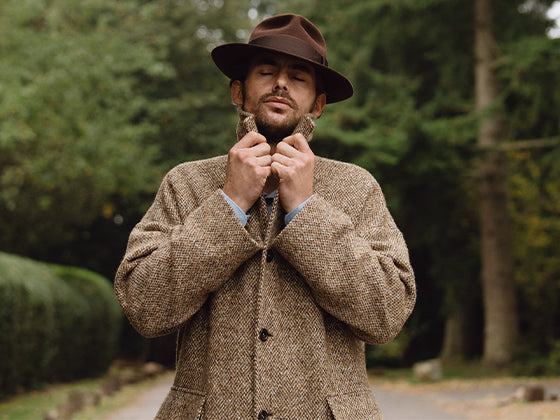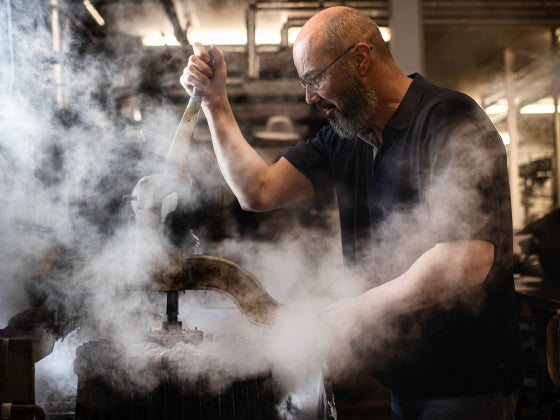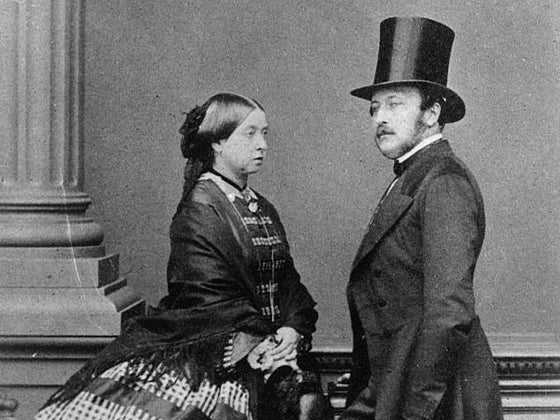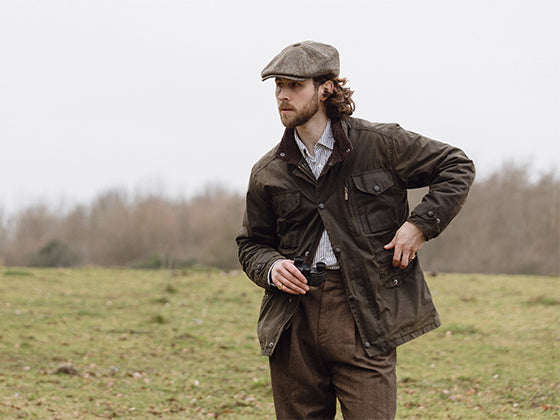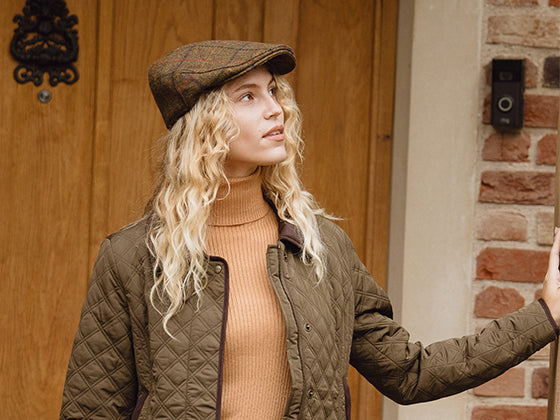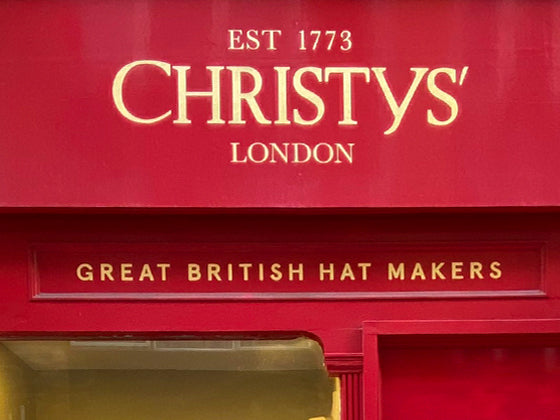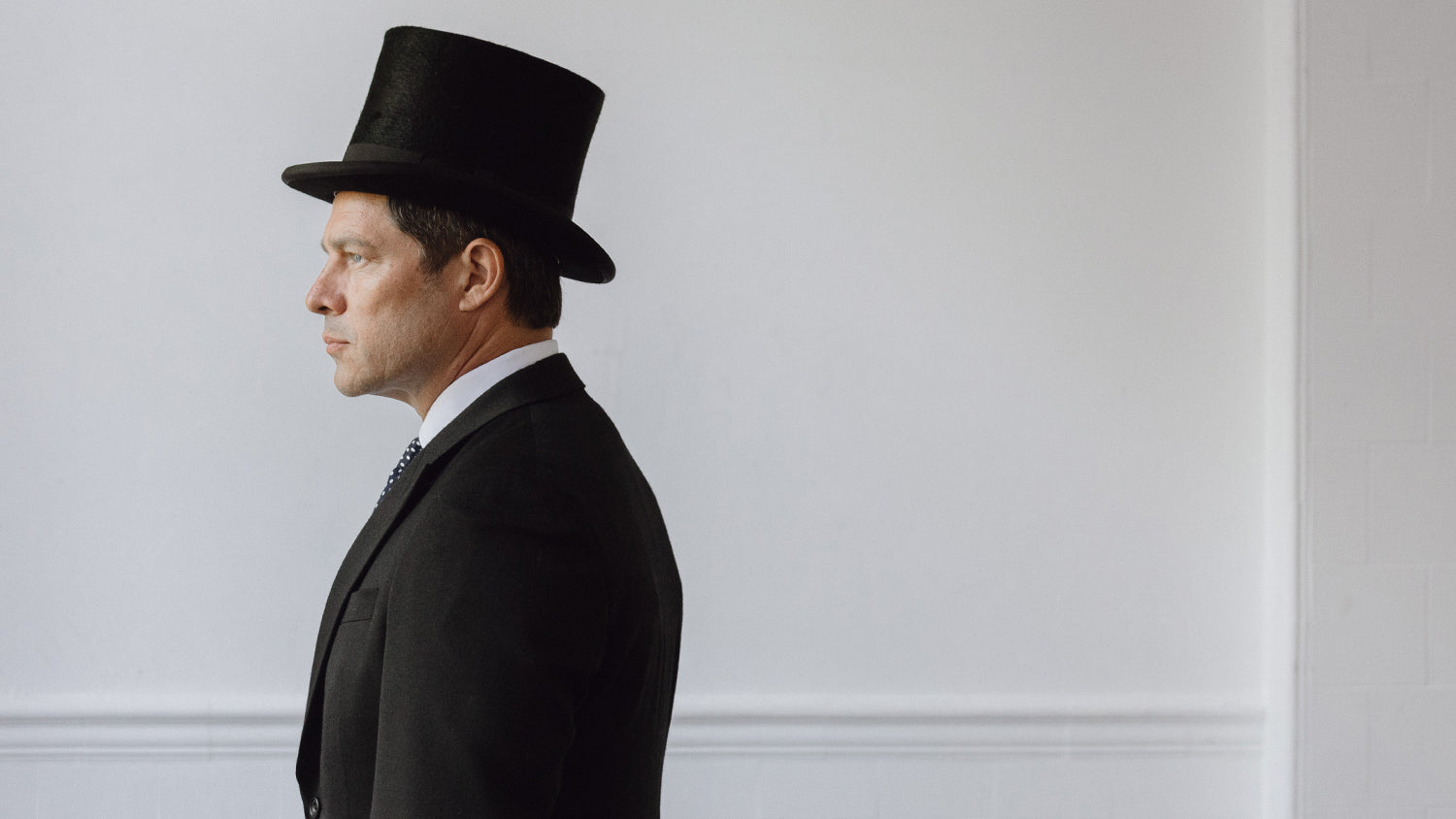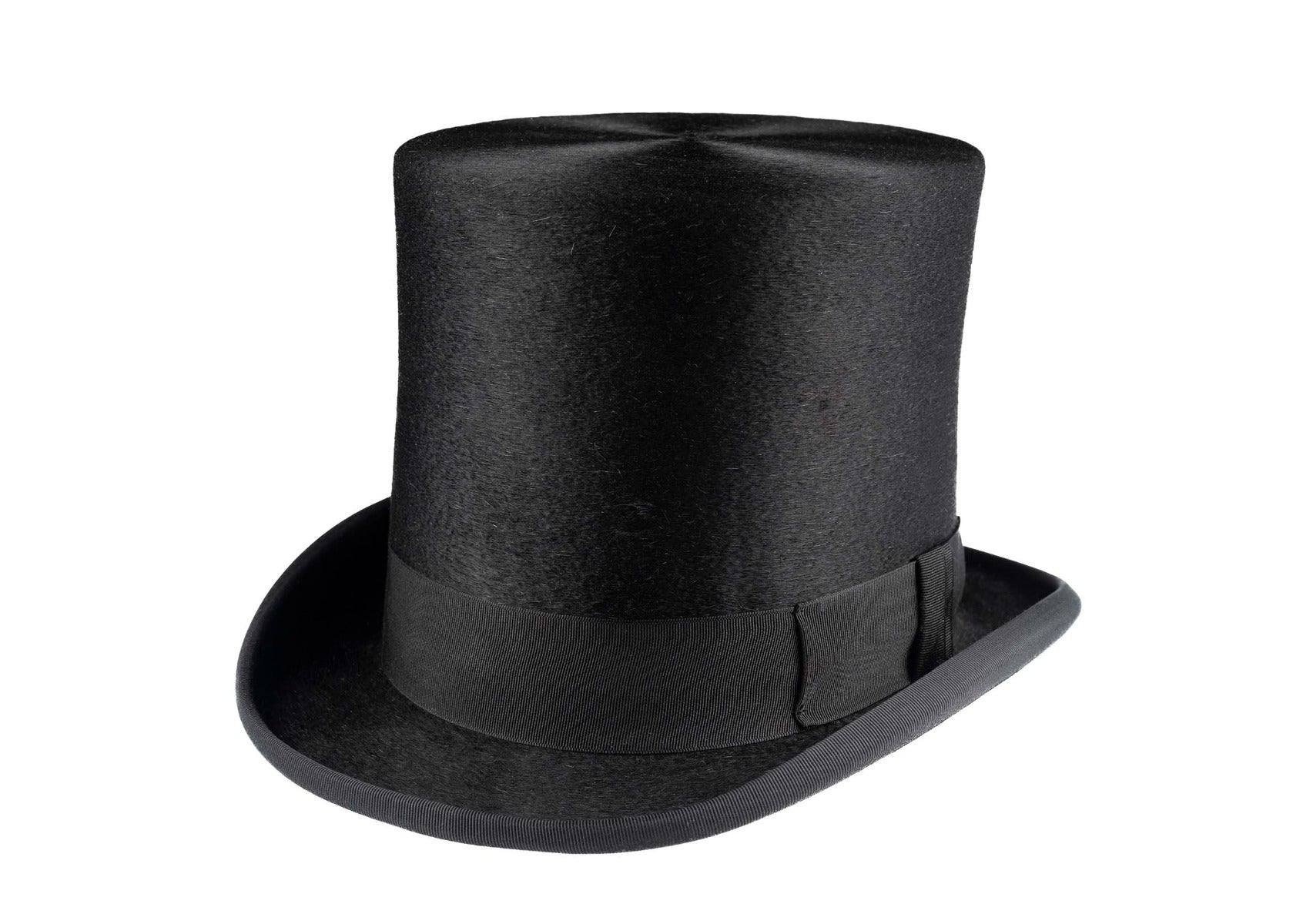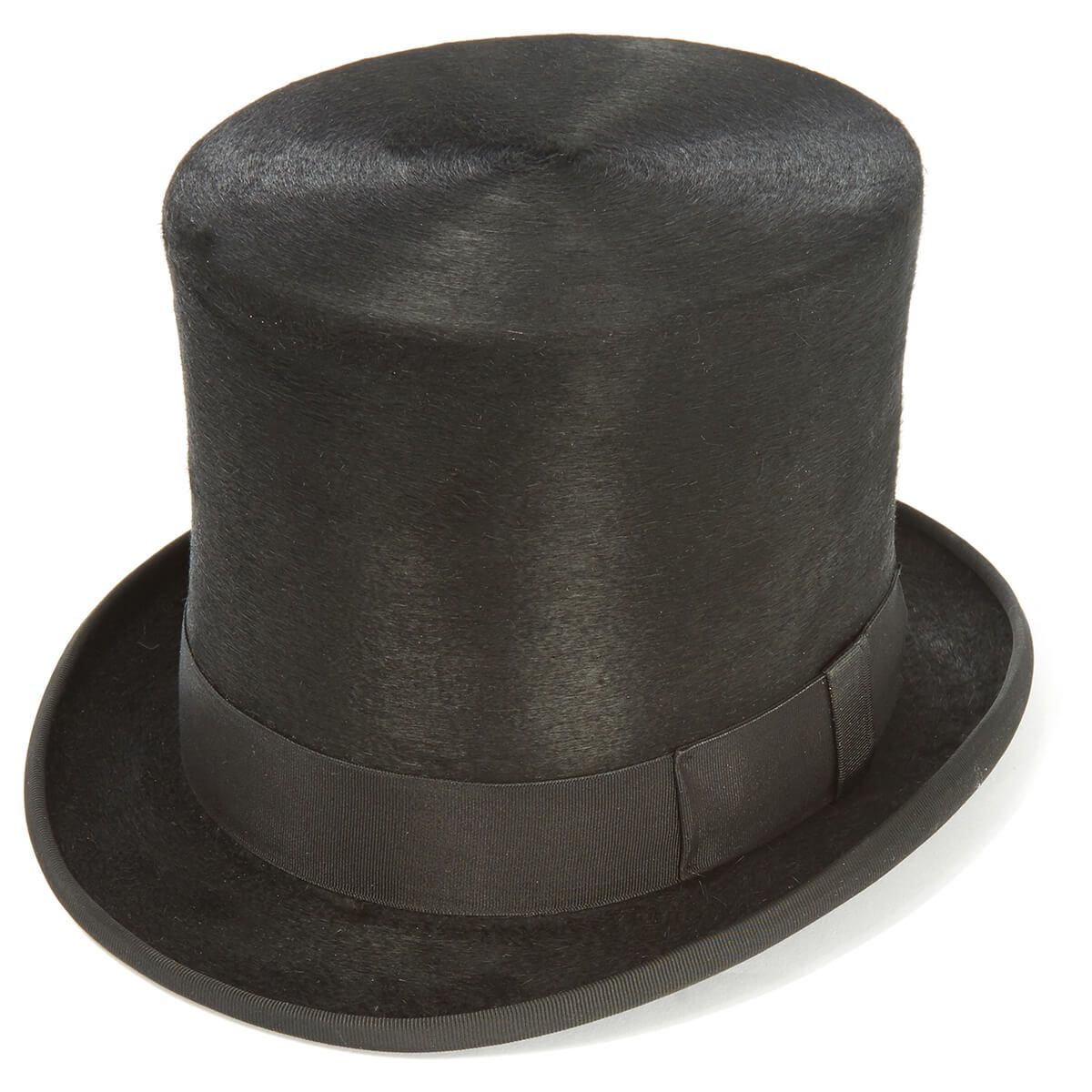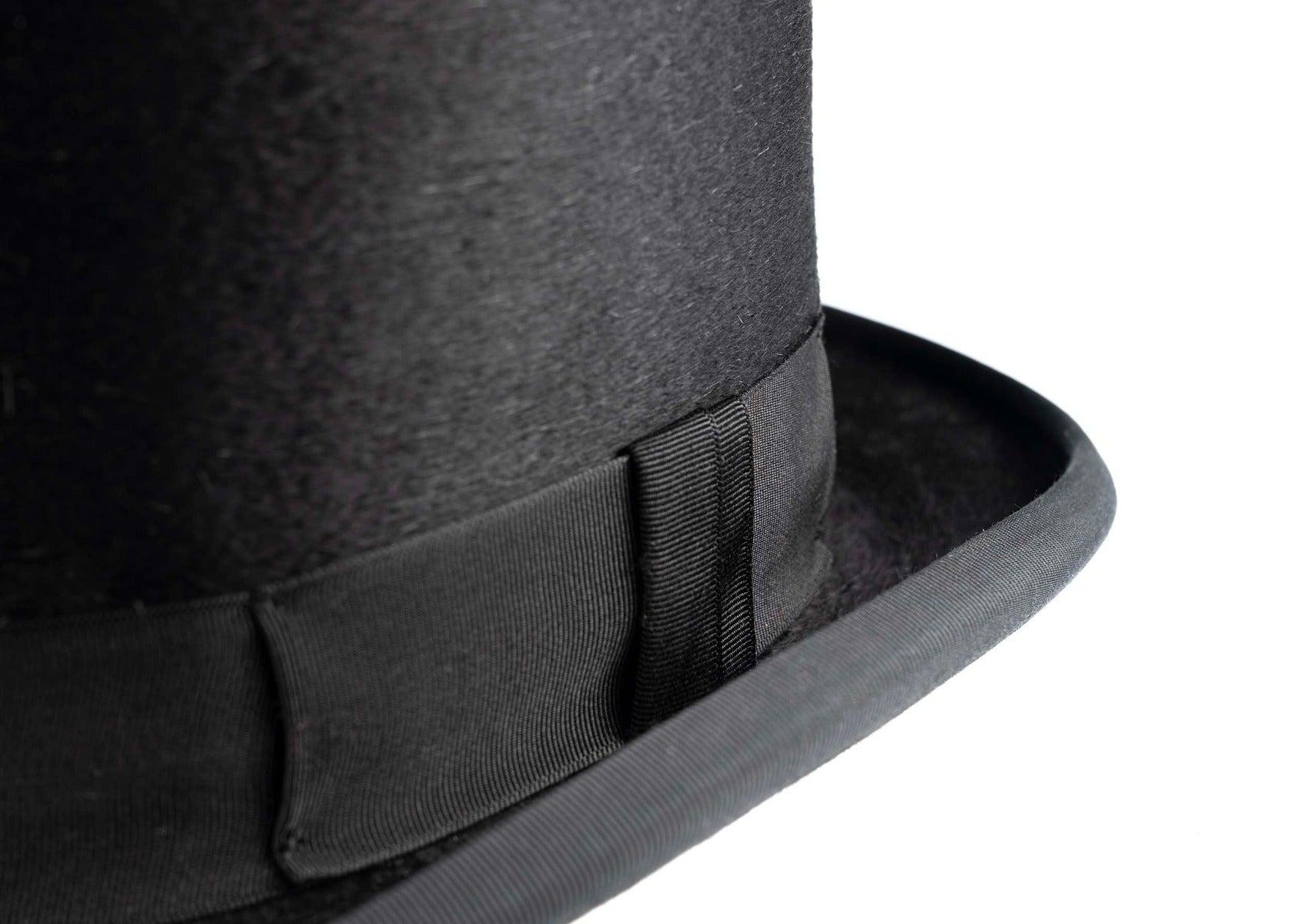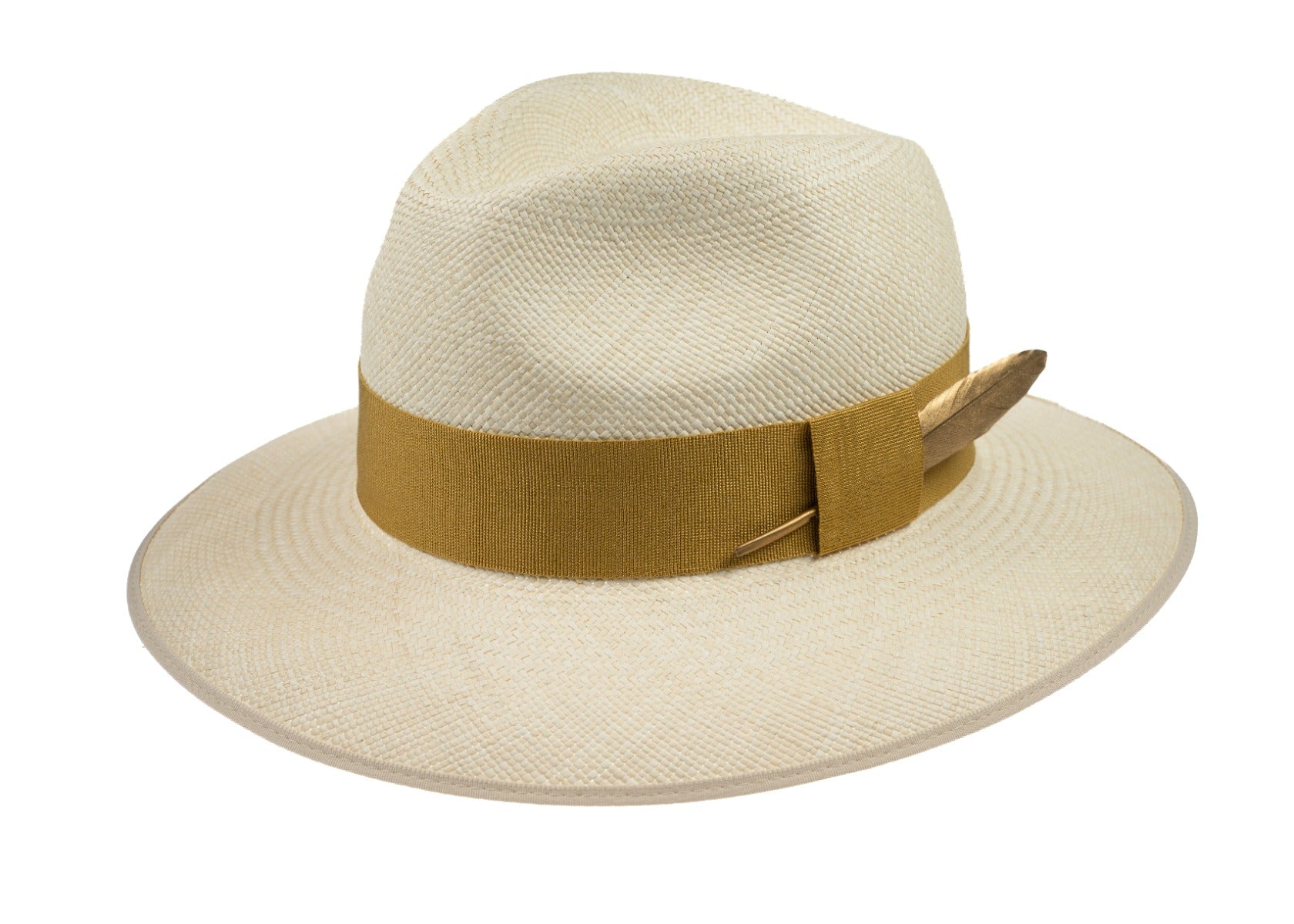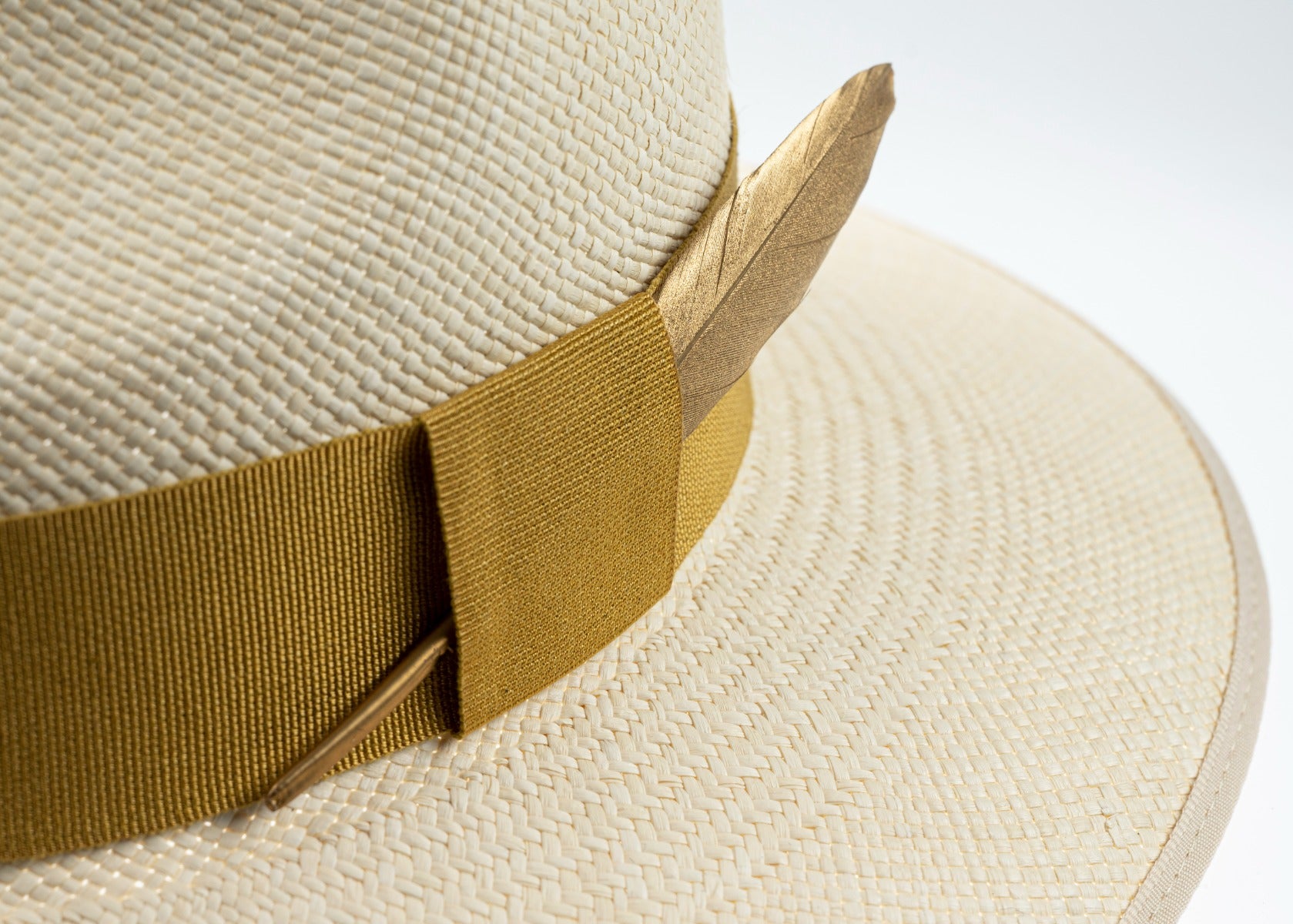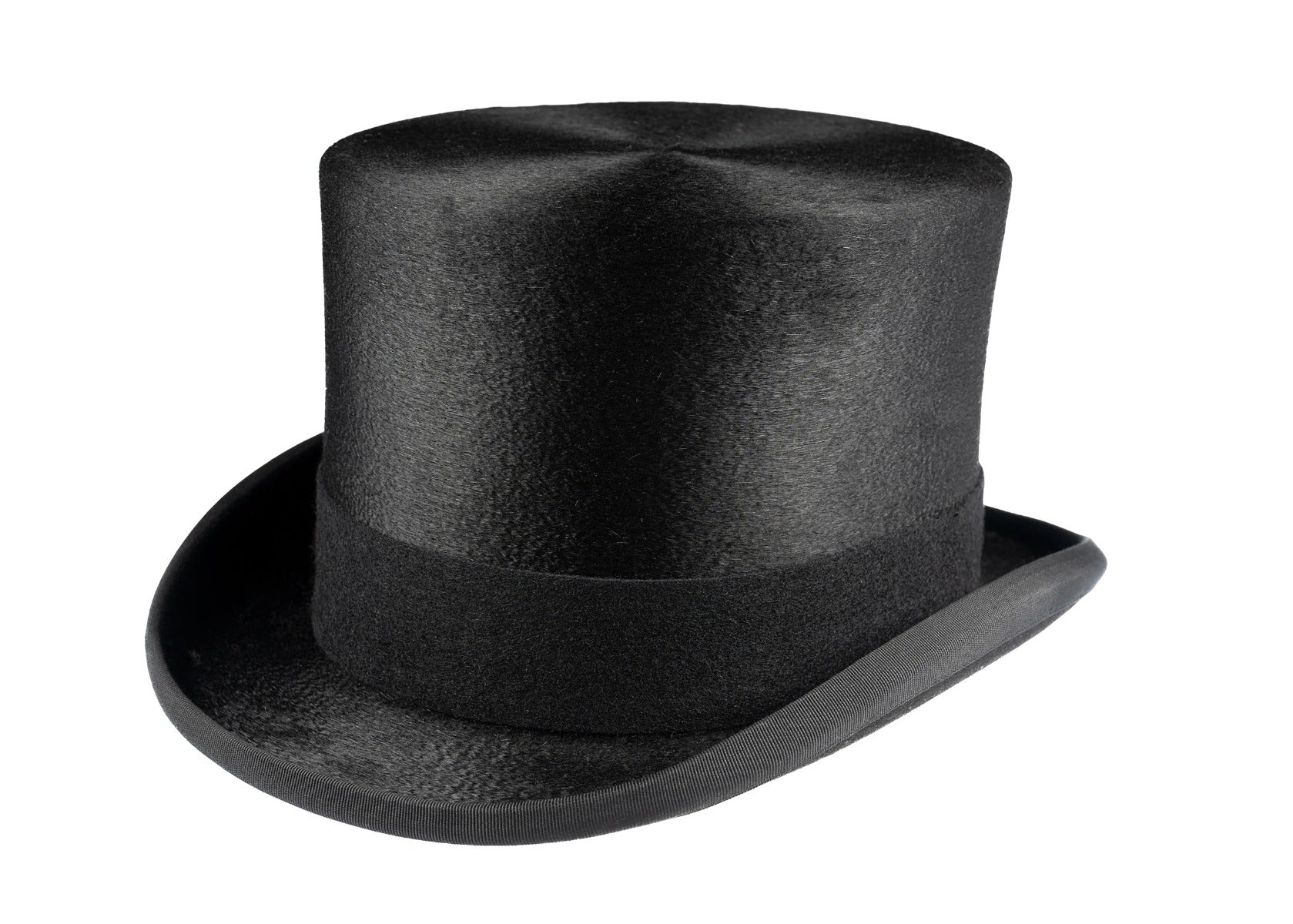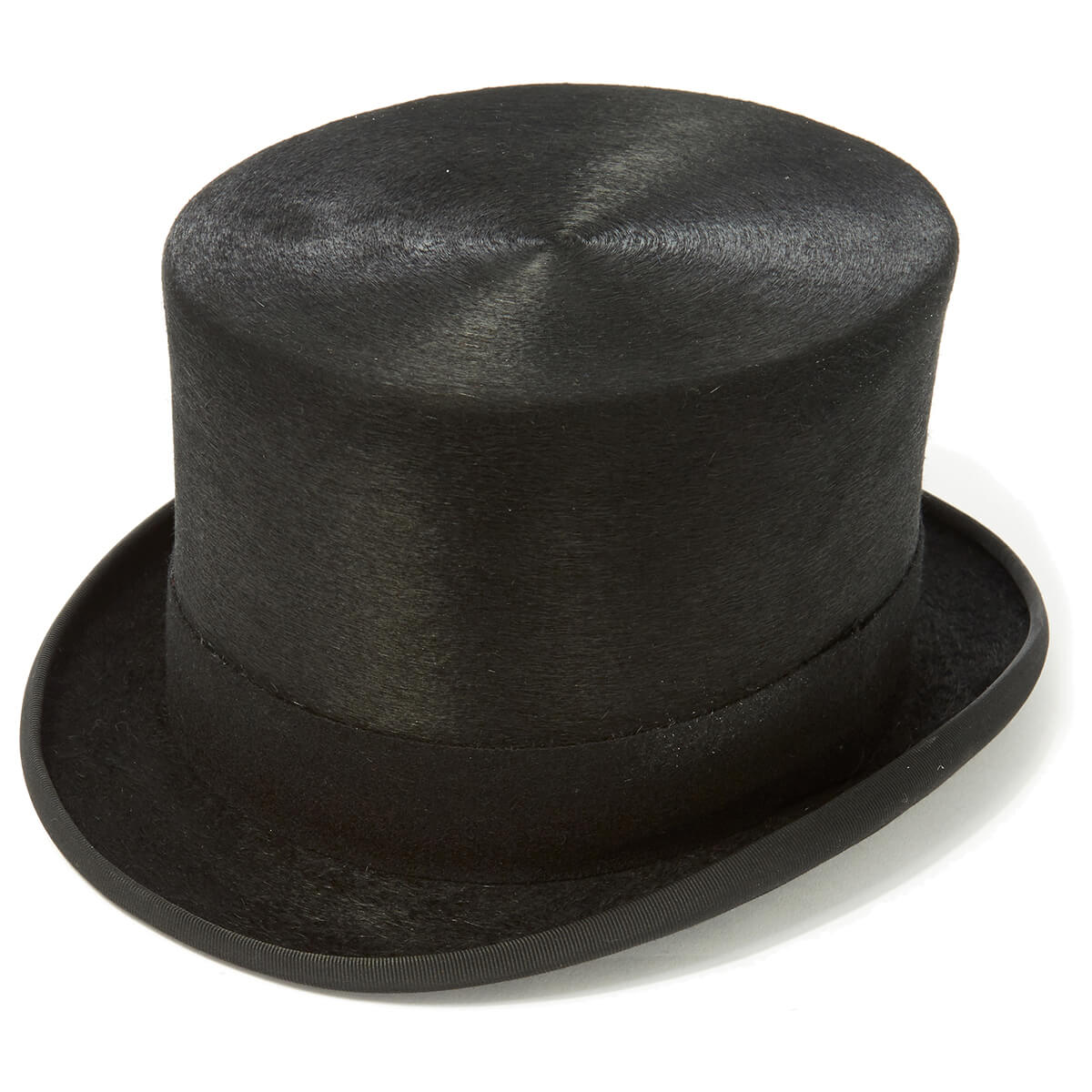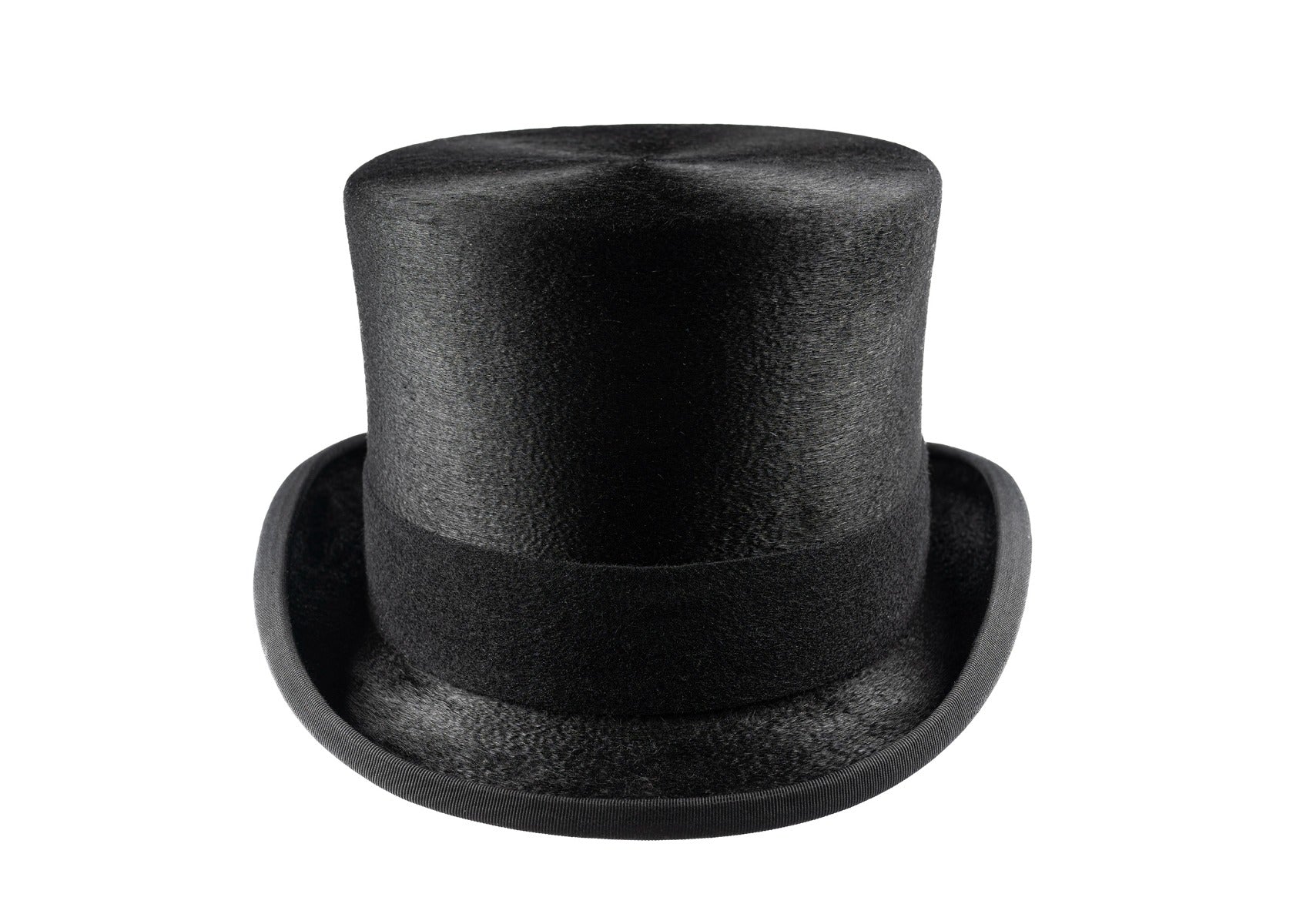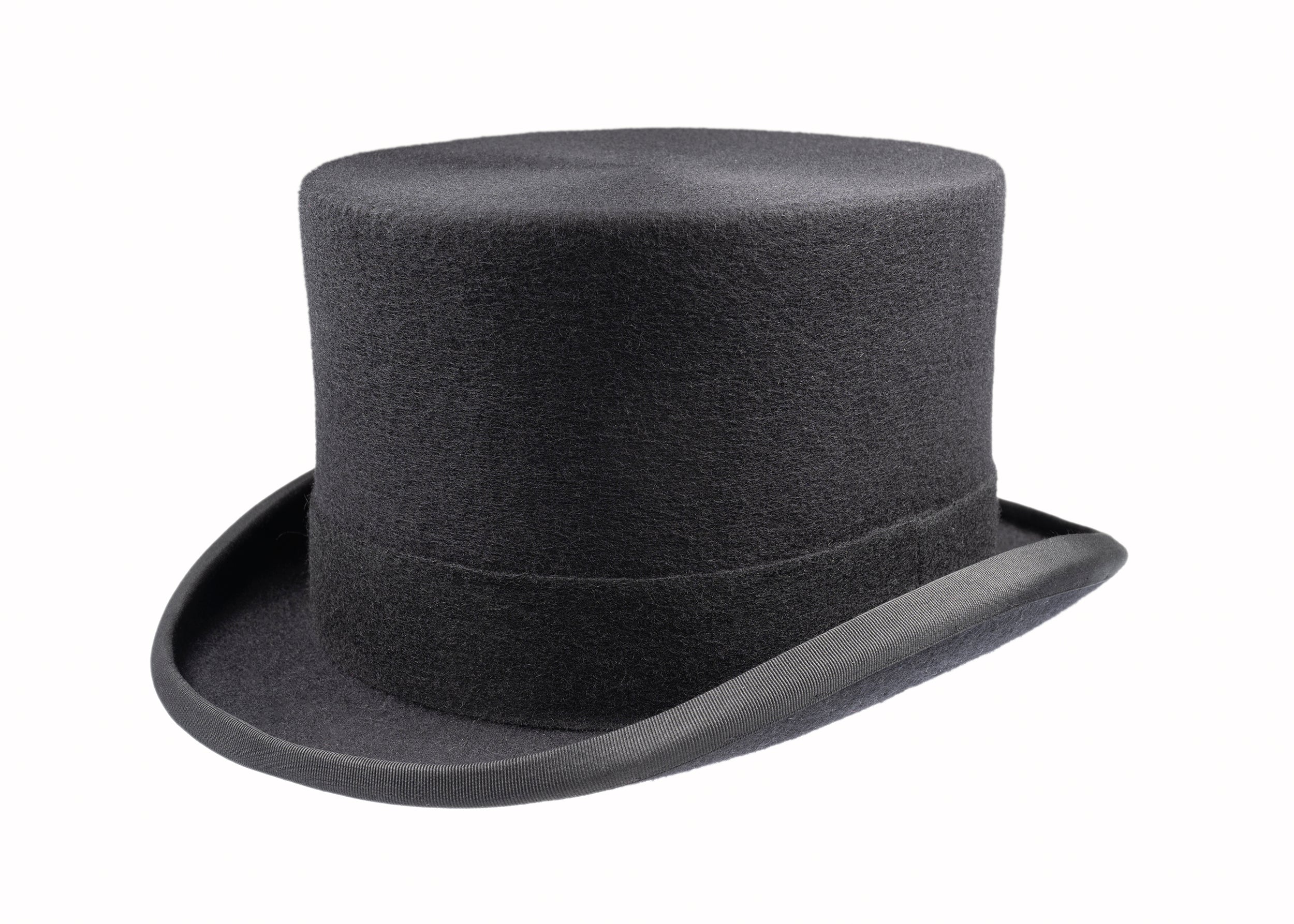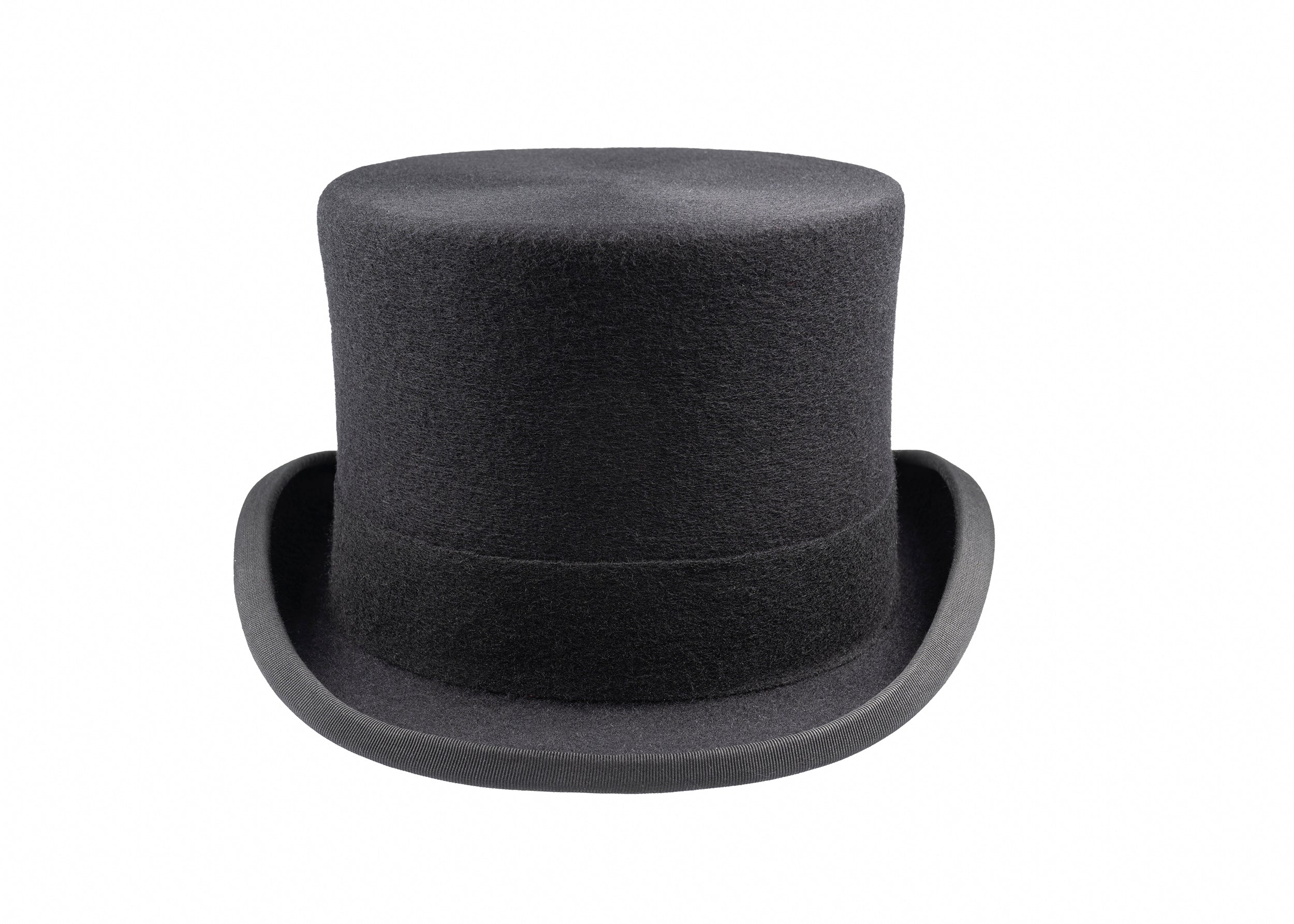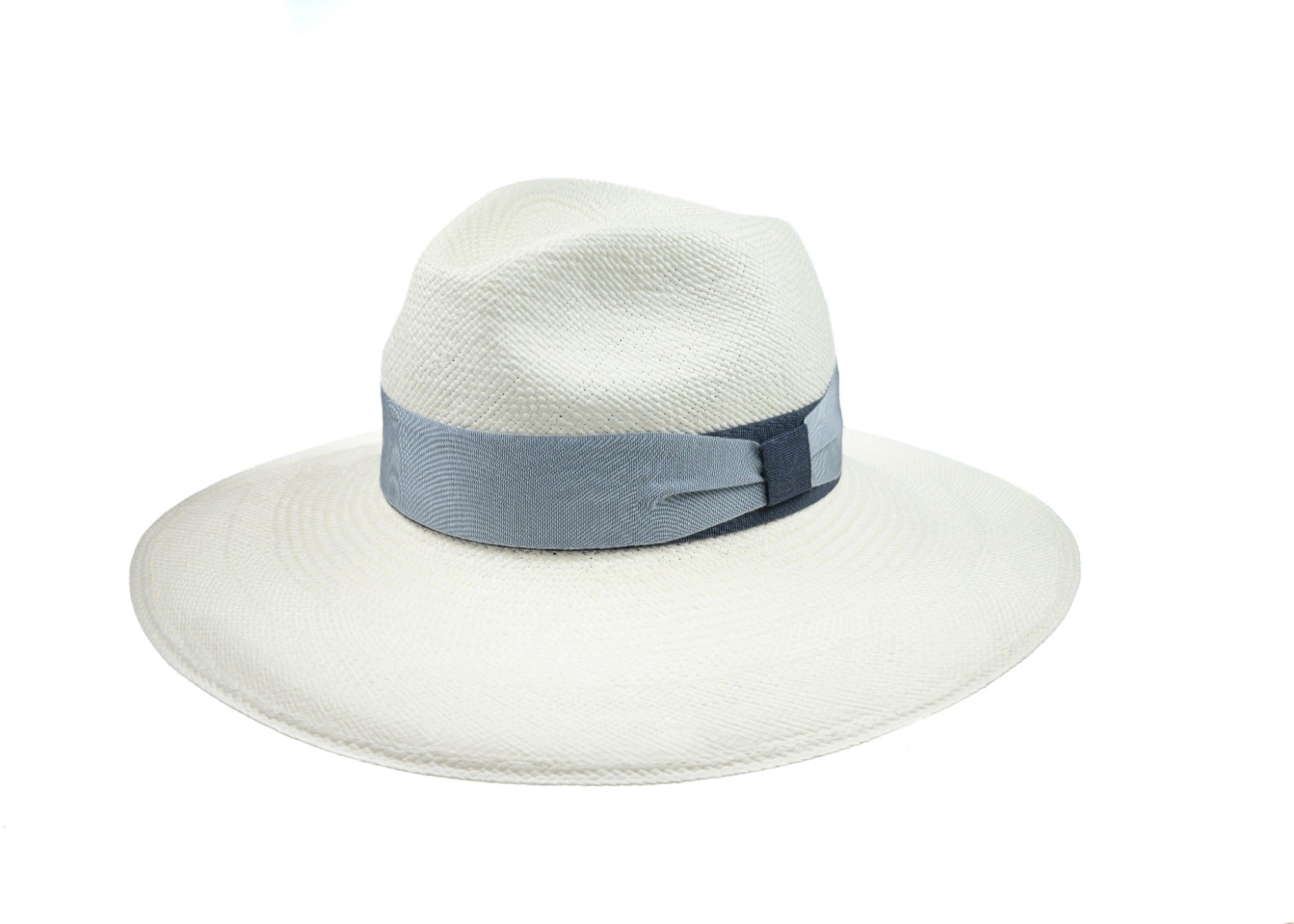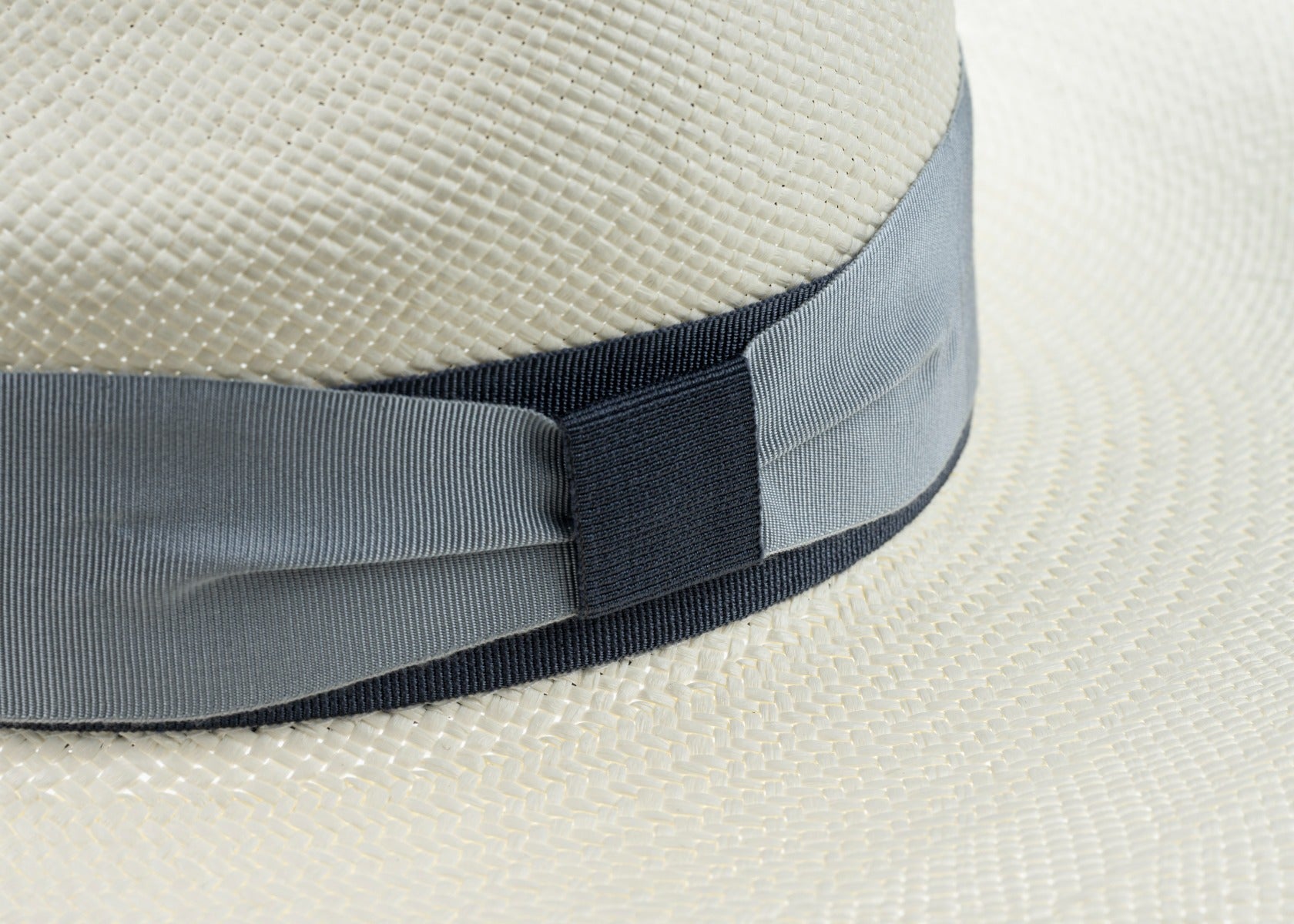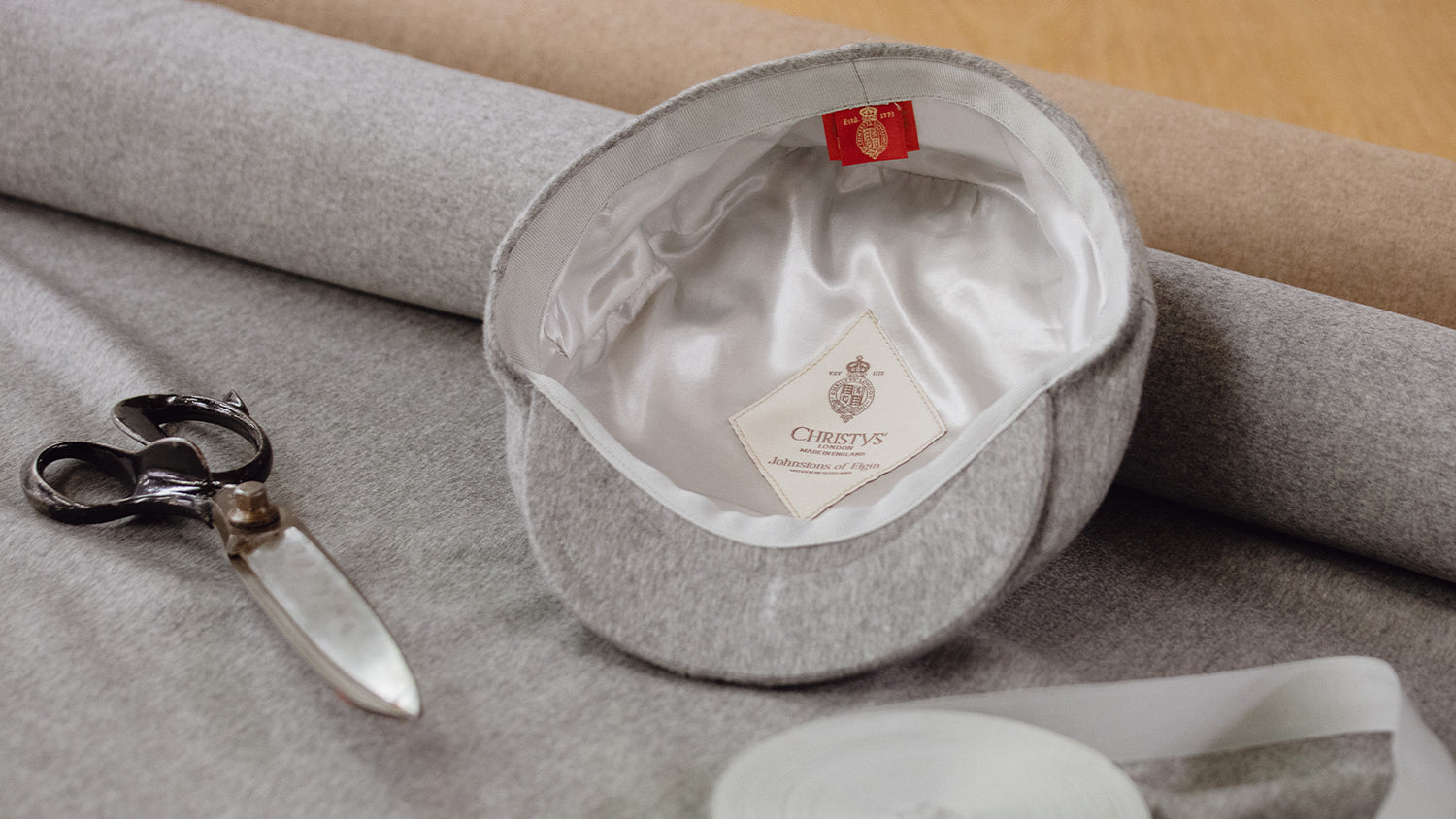Royal Ascot is justly considered the pinnacle in both flat racing and the English social calender.
To maintain standards and to keep the sense of tradition, there is a strictly-enforced dress code for racegoers-particularly in the Royal Enclosure. Ladies are required to wear dresses of a “modest length” with adequate shoulder covering while gentlemen should wear traditional morning dress, including a top hat.
Contemporary Morning dress (or formal day dress as it sometimes known) originated in the 19th century and is based on a gentleman’s riding attire and consists of a cutaway coat (or “morning coat”), waistcoat and trousers. Within this framework there is a range of styles available that are considered both elegant and correct but only one type of hat is permissible-the top hat. We can thank Prince Albert, the consort of Queen Victoria, for making this style fashionable when he ordered one from Christy’s in the 1850s. There are strict rules forbidding the customisation of the hat band and black and grey are the only permissible colours. And yet even with such rules in place it possible to get it wrong. The top hat must fit perfectly straight on your crown and not rest on your ears, nor should it rest on the top of your head like a cartoon character. Unless you are lucky, you are unlikely to find the proper size from a rental establishment so it is worth investing in a well-fitting one. Considering the style has not changed significantly in almost two hundred years there is little risk of it going out of fashion and your hat size, unlike our waist size, rarely expands with advancing years.
For the ladies, hats should be worn at all times; however, a headpiece which has a solid base of 4 inches (10cm) or more in diameter is acceptable as an alternative to a hat. Fascinators are not permitted . Our Jessica wide brim Panama is the perfect choice for the Royal Enclosure and the elegant neutral shade would complement a wide range of outfits. And unlike some of the, shall we say kindly, “novelty” hats that gain attention from the tabloid press, our Panama could be worn again at a number of social occasions such as the polo or a summer wedding.
Christy’s offer top hats in both black and grey and it is a popular misconception that your hat should match the colour of your coat. Indeed, many sophisticated dressers such as King Charles prefer to contrast. The Ascot grey top hat looks equally smart with a coat of black as it does in a suit of grey. It is traditional for grey morning coats to be worn with waistcoats and trousers of the same material whilst black coats are worn with either contrasting cloths. Coats of navy blue are a modern variation that were granted access to the Royal Enclosure as recently as 2015 and whilst smart in their own right they do not, to our eyes, complement the permissible hat colours.

Another recent rule change (2012) to be aware of is the banning of cravats and bow-ties with only “normal” ties being permissible. Although not a rule, we would advise against wearing the plain satin variety often seen at weddings and choose either a woven silk pattern in puppytooth or glen check, or a printed foulard silk with a discreet repeat pattern. And if such tie is from a famous and expensive European luxury brand-so much the better. A mother-of-pearl pin worn just below the perfectly tied knot will elevate your ensemble but keep tie-bars for office wear. Shirts do not have to be plain white and both colour and pattern can add visual interest between your waistcoat and tie. Traditionally the collar would be of the starched, separate variety attached with studs and these are still seen on the better-dressed racegoer at Ascot. If you are tempted by the classic look of a starched collar, we would wholeheartedly recommend our taller fur top hat to complement your vintage style. Higher with a slightly tapered crown it is reminiscent of the classic styles often found in dusty antique shops in annoyingly small sizes-although our heads do not grow with age they have increased with generations and our forefathers were significantly slimmer in build.

The waistcoat, or vest as it is known in both Savile Row and the United States, is also an opportunity for a little tasteful self-expression with pastel shades in double-breasted models being a fashionable choice. The bolder, novelty styles should be avoided.
There is also choice in the cloth of your trousers, the classic “cashmere stripe” is always correct but houndstooths, prince-of-wales checks or chalkstripes will help you avoid the dreaded hired look. We would advise the wearing of braces to comfortably keep your trousers in place and avoid that unsightly flash of shirt at the waist as the day progresses. They will also keep the trouser hem neatly on top of your shoes. Shoes or boots must be black and although no styles are banned a plain toe cap is considered smart-especially when polished to a high shine to match the lustre of your Christy’s top hat.
